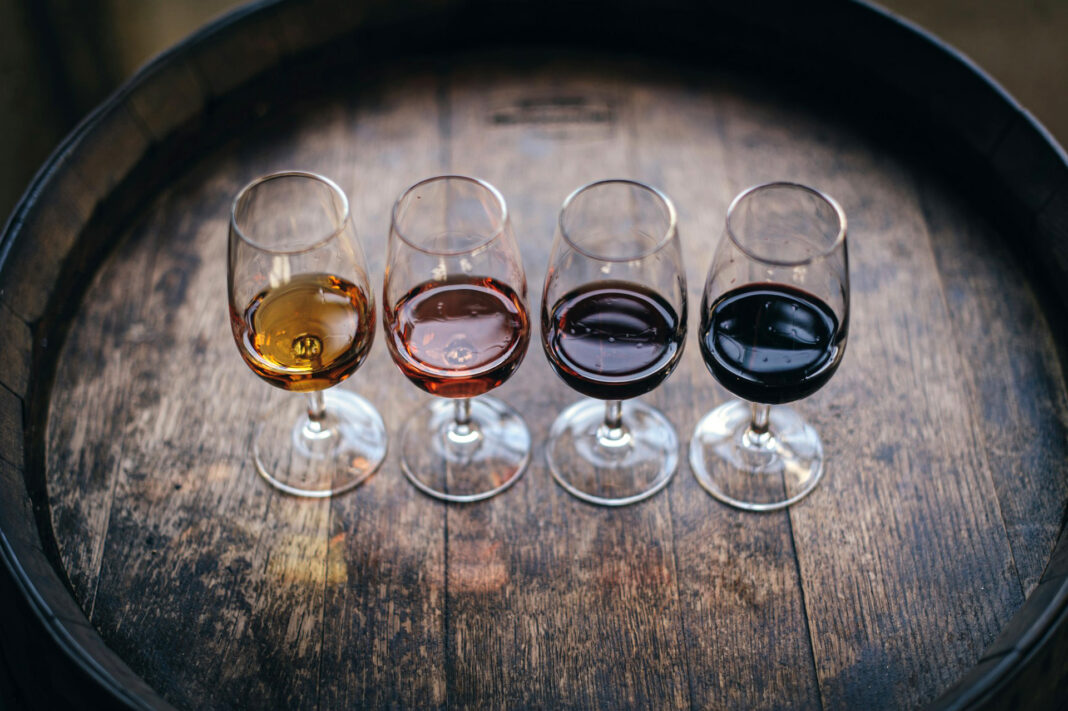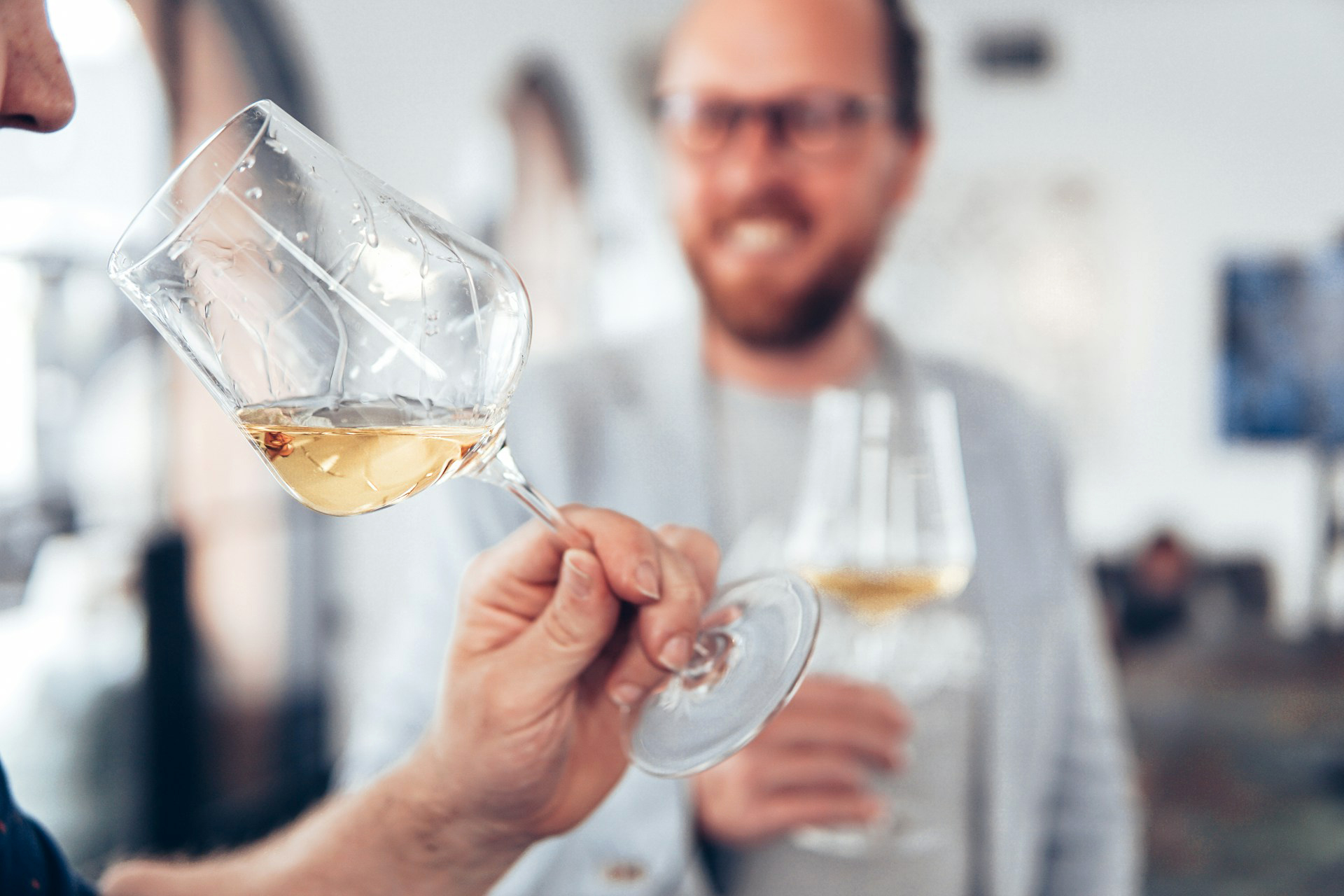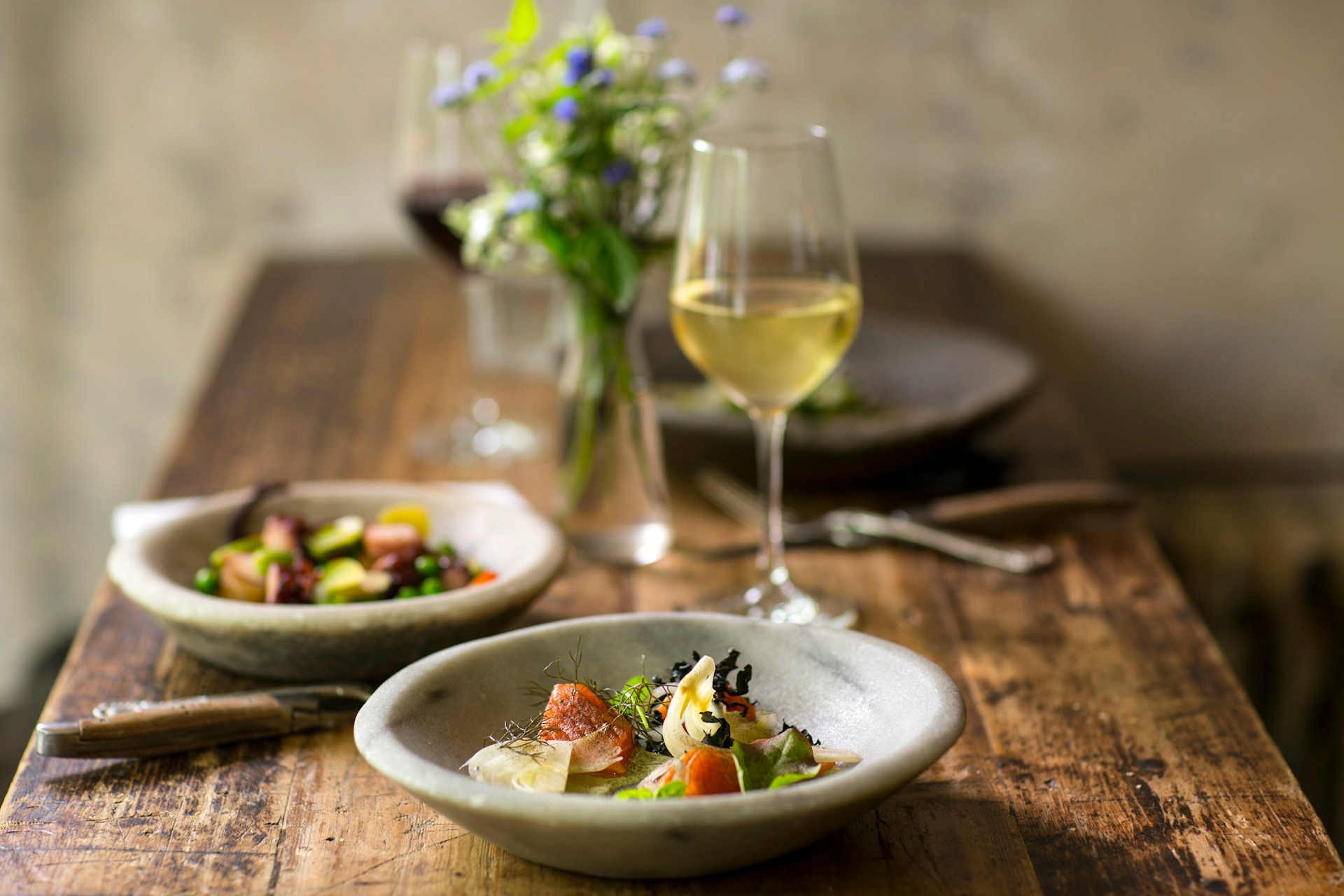Whether it is after a long day of work, enjoying a spectacular meal, or just having some “me-time”, nothing tastes sweeter than a glass of wine. But have you ever looked at your glass and started to philosophize on the what, why, and how of the wine? If you are new to the taste of wine or have a refined palate, understanding wine is really not that mysterious. Just like any other art form (yes, wine is art), it’s all about knowing the basics, learning and trusting your senses, and (here comes the fun part) a bit of practice. In this blog, we will look at some of the wine regions, how to choose wine, and how to taste it like a pro.
Understanding Wine Regions
Just like everything that grows out of the ears, geography matters a lot. To understand a wine region, you need to understand what terroir is. This is the umbrella term for the way a region’s altitude, soil, climate, and even the winemaking traditions that you use locally will impact the character of the wine.
Wine Regions of France
We start off the wine regions with a heavy hitter – France. Some of the world’s most renowned wine regions are situated in France, but they are also very unique because the terroirs are very distinctive.
- Bordeaux: This area in the southwest of France is very well known for its elegant red blends. They produce amazing Cabernet Sauvignon and Merlot.
- Burgundy: This area in the east of France is where you can send your thank you notes for producing the highly sought-after Pinot Noir and Chardonnay. It’s all thanks to the chalky, limestone soils that the vineyards are in.
- Champagne: Just like the name of the region insinuates, they produce amazing sparkling wines. The sensational freshness that you taste is all thanks to the cool climate and mineral-rich subsoils.
Wine Regions of Italy
What goes better with pasta than a bottle of wine? Italy has an ancient winemaking tradition, and you can see the huge impact it has when you look at the extraordinary variety of wine regions. It’s also a great reflection on just how diverse its geography, climate, and culture are.
- Piedmont: This area produces robust reds such as Barolo and Barbaresco. These are made from the Nebbiolo grape.
- Tuscany: Many Italian wines are deeply rooted in this iconic region’s history. Just to name a few, Chianti Classico, Brunello di Montalcino, and Vino Nobile di Montepulciano call Tuscany home.
- Sicily: The climate makes it possible for this region to produce bold and sunny wines. These include Marsala and Nero d’Avola.
Wine Regions of Napa Valley
Although we will not go through all the wine regions in the USA, Napa Valley does deserve to get its own special spot. Located in California, Napa Valley has diverse terroirs and phenomenal varietals.
- This region can cultivate different grape varieties because of its wide range of microclimates and soil types. And top of the log is the Cabernet Sauvignon.
- Stags Leap District, Rutherford, and Oakville are some of the sub-appellations in the Napa Valley, with their own distinct flavor profiles and characteristics.
- People are not only drawn to the area because of the wine, but also because of the magnificent landscape.
- There are many academies and educational programs offered in Napa Valley to people who are interested in learning about how wine is made. Sharing knowledge from the basics of growing grapes to the fermentation process.
How to Taste Wine Like a Pro
Tired of looking like a noob at wine tasting events? There is much more to learning how to taste wine than beyond the mere sipping from a wine glass. You will need to hone in all your senses in order to taste wine like an aficionado:
Step 1 – Look
Let’s start off with sight. Hold your glass up to the light and look at the wine’s color and clarity. A good rule of thumb is that:
- White wines’ color ranges from a pale straw color to a deep gold
- Red wines’ color ranges from a translucent ruby to a rich garnet
The color of the wine will show you what its age, grape variety, and even its climate conditions are. And don’t think that people swirling their glasses do it just to look chic. When you swirl the wine around in the glass, it can actually show its viscosity, which is all about its alcohol content and body.
Step 2 – Small
Next up is your nose. Don’t just sniff your glass right away; first give it a little swirl, then inhale deeply. The most common aromas and “notes” that you can pick up when you smell the wine are:
- Citrus
- Vanilla
- Leather
- Freshly mowed grass
Although many just go with the norm of “fruity notes” and “earthy aromas”, with time, you will start to pick up on the more subtle nuances apart from the “grape-y”.
Step 3 – Sip
Taking a small sip (not a gulp) of the wine will allow your palate to be coated. You will then notice the balance between the alcohol and:
- Acidity: This will make your mouth water
- Tannins: This will make your mouth dry
- Sweetness: This will add a bit (or more than a bit) of richness to your mouth
How does the wine linger after you swallow? This is called the “finish”, so does the wine feel bold and full-bodied or light and crisp?
Step 4 – Think
The final step is all about reflection. What stood out from this experience? There is no wrong answer here, because wine tasting is a very personal experience. Did it remind you of chocolate or cherries? Maybe even a sun-soaked picnic?
What to Look For in a Great Wine
So, you think you’ve got a handle on the whole wine deal after knowing how to taste wine, right? When it comes to choosing a great bottle of wine, we are dealing with a whole different skillset entirely. But you don’t need a sommelier certification when you are on the prowl for a good wine (although it will set you in a different league). You just need to remember these few parameters:
Balance is Everything
Just like in wine tasting, you want the bottle of wine you choose to have a good balance between the important elements. The acidity, tannins, sweetness, and alcohol should be in harmony. There shouldn’t be one note that feels dominant and overpowering the others.
Know Your Preferences
In the beginning, it’s good to try wines from different regions or grape varieties. That is how you will train your palate and start discovering what type of wine you like. Do you love a bold red or are you leaning towards a crisp white? Does the silky texture of a Merlot hit all the right buttons, or do you prefer the fruity vibrancy of a Riesling? Knowing what textures and flavors you prefer will help you when choosing the right bottle of wine.
Vintage Matters
There is a reason why the saying “you mature like a bottle of wine” is seen as a compliment. Do not skim over the year of the label, because some wines are best to drink when they’re “young”, while others get better the longer they age. Do a bit of research on the vintage’s growing conditions. If you find that the wine was harvested in a rainy season, it might be a softer, less intense wine. But if it was harvested during a sunny season, your bottle might have a more ripe and concentrated flavor.
The Food Pairing Factor
Just like an amazing soundtrack can elevate a movie, so can a good bottle of wine elevate how you enjoy your food. When you are eating a delicate dish like a salad or seafood, a light wine like a Sauvignon Blanc will pair with it nicely. Sinking your teeth into a steak? Take a sip from a robust red wine like a Syrah and feel how it elevates the taste. Pairing pasta with an Italian Chianti is always a win in the books. If you are eating a five-course meal at a restaurant, rather than order it per glass instead of a bottle, so that you can pair the wine perfectly with what you are eating. And if you are frowning down at the wine menu, not sure what to order, just remember that what grows together, goes together.
Conclusion
The main thing about understanding wine is all about the connections. The regions, flavors, and your preferences are more important than pretending to detect some or other weird combination of fruit and nuts. Wine has a deep history of traditions, and there is also a lot of expertise in it. But above all else, it’s deeply personal, and you will find that the best glass of wine you will taste is the one you love the most. So pour yourself a glass of wine, take a sip and savour the art form. Let your palate take you over the contents, from France to Napa Valley, with no visa required.







